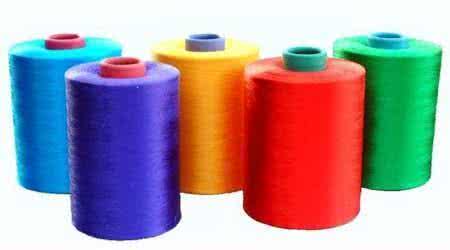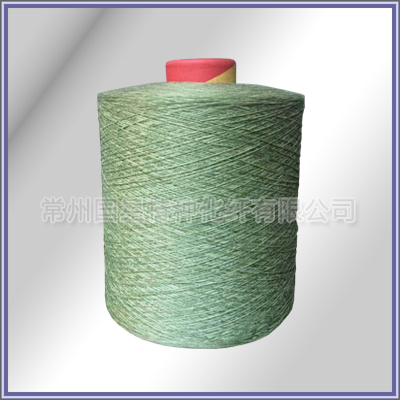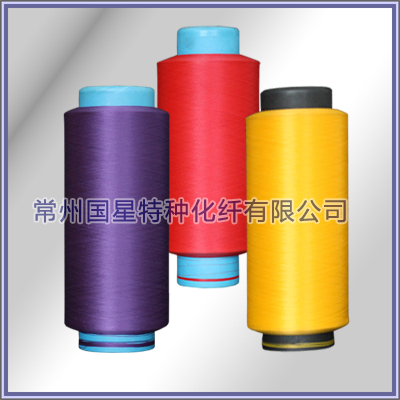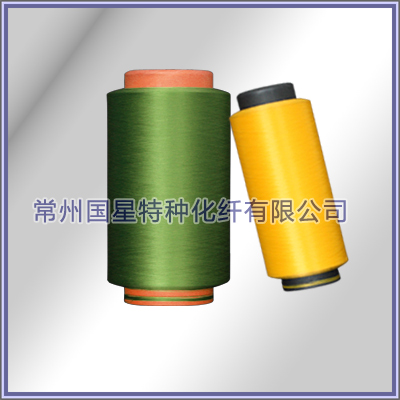Polypropylene is one of the world's five synthetic fibers, but the development of late but rapid development. In recent years, due to China in the study of polypropylene fine denier made a breakthrough in the progress of high-grade polypropylene fiber has been high-end clothing to the market, by the consumer acceptance and welcome. Polypropylene fine denier is a high-tech ultra-fine fibers, although with a light weight, corrosion resistance, good warm and breathable moisture and many other advantages, but the poor heat resistance and dyeing difficult to limit the development of polypropylene fine denier products. For this reason we aimed at the weakness of polypropylene fine denier, dyeing and finishing technology in a large number of tests, the initial accumulation of some experience, while developing some woven, knitted products. The problem of dyeing and finishing is discussed from the following three aspects.

1 dyeing performance
As we all know, polypropylene fiber structure close, the lack of polar groups or reactive groups, and thus difficult to dye. At present, most of the use of liquid dyeing. , But the chromatographic incomplete, color is not bright. Therefore, we first use a variety of dyes on the polypropylene fine filament fabric dyeing test, the results found that only a few few disperse dyes (including the three primary colors) can be stained with polypropylene fiber, and because of low dyeing rate only to obtain light-colored effect The This makes us realize that the screening of dyes alone is difficult to solve the problem of dyeing, but should be dyed with the raw material mix, organizational design closely together, that is, the use of different fiber dyeing performance differences in the polypropylene fabric to achieve blank, Multi-color effect. To this end, we use the advantages of polypropylene fine wire to develop a double knit products, that is, with a good wicking of hydrophobic polypropylene fiber for the inner layer to hydrophilic natural fiber wool, silk, cotton as the surface, so that the human body Sweat can quickly outward conduction and evaporation, so as to ensure that contact with the fabric layer of human skin is always dry and comfortable. In the hair cover C, wool and polyester cover fabric dyeing and finishing, first after washing it, shrink it and other treatment, so that the surface of wool or wool polyester fiber evenly covered with polypropylene fiber, and then the surface of the hair or wool polyester fiber For dyeing, cover up the weakness of polypropylene is difficult to dye. Practice shows that dyeing and finishing after the hair cover C knitted fabric hair strong sense, feel rich, colorful, both with the wool fabric comparable. But also reduce the production costs. Another example. We are on the surface of the wool fabric and the use of acid dyes and disperse dyes dyed or dyed dyed, but also only one dye dyed or dyed, so that another fiber does not color and Blank, and thus the formation of sesame style.
Similarly, the woven fabric is also adopted

 +86-519-86266888
+86-519-86266888 gxhx888@126.com
gxhx888@126.com



